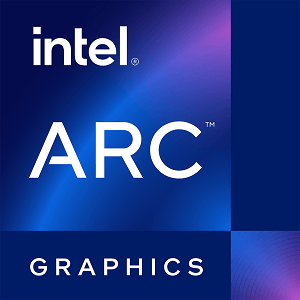Intel Arctic Sound M vs NVIDIA GRID M3 3020
Abbiamo confrontato due GPU Mercato professionale: 16GB VRAM Intel Arctic Sound M e 4GB VRAM GRID M3 3020 per vedere quale GPU ha migliori prestazioni nelle specifiche chiave, nei test benchmark, nel consumo energetico, ecc.
Principali differenze
Intel Arctic Sound M Vantaggi
Rilasciato 5 anni e 8 mesi in ritardo
Più VRAM (16GB vs 4GB)
Banda VRAM più elevata (1229GB/s vs 83.20GB/s)
7552 core di rendering aggiuntivi
NVIDIA GRID M3 3020 Vantaggi
Boost Clock1306MHz
Punteggio
Benchmark
FP32 (virgola mobile)
Intel Arctic Sound M
+782%
14.75 TFLOPS
GRID M3 3020
1.672 TFLOPS
Scheda grafica
gen 2022
Data di rilascio
mag 2016
Xe Graphics
Generazione
GRID
Professional
Tipo
Professional
PCIe 4.0 x16
Interfaccia bus
PCIe 3.0 x16
Velocità di clock
-
Clock base
1033 MHz
-
Boost Clock
1306 MHz
1200 MHz
Clock memoria
1300 MHz
Memoria
16GB
Dimensione memoria
4GB
HBM2e
Tipo di memoria
GDDR5
4096bit
Bus memoria
128bit
1229GB/s
Larghezza di banda
83.20GB/s
Configurazione del rendering
-
-
-
-
-
-
8192
Unità di ombreggiatura
640
256
TMUs
40
128
ROPs
16
-
-
-
-
-
-
-
Cache L1
64 KB (per SMM)
8 MB
Cache L2
2 MB
-
-
-
Prestazioni teoriche
115.2 GPixel/s
Tasso di pixel
20.90 GPixel/s
230.4 GTexel/s
Tasso di texture
52.24 GTexel/s
29.49 TFLOPS
FP16 (metà)
-
14.75 TFLOPS
FP32 (float)
1.672 TFLOPS
3.686 TFLOPS
FP64 (doppio)
52.24 GFLOPS
Design della scheda
500W
TDP
Sconosciuto
900 W
PSU suggerito
200 W
No outputs
Uscite
No outputs
8-pin EPS
Connettori di alimentazione
1x 8-pin
Processore grafico
DG2-512
Nome GPU
GM107
-
-
-
Generation 12.7
Architettura
Maxwell
TSMC
Fonderia
TSMC
6 nm
Dimensione del processo
28 nm
21.7 miliardo
Transistor
1.87 miliardo
406 mm²
Dimensione del dado
148 mm²
Funzionalità grafiche
12 Ultimate (12_2)
DirectX
12 (11_0)
4.6
OpenGL
4.6
3.0
OpenCL
3.0
1.3
Vulkan
1.3
-
CUDA
5.0
6.6
Modello Shader
6.7 (5.1)




